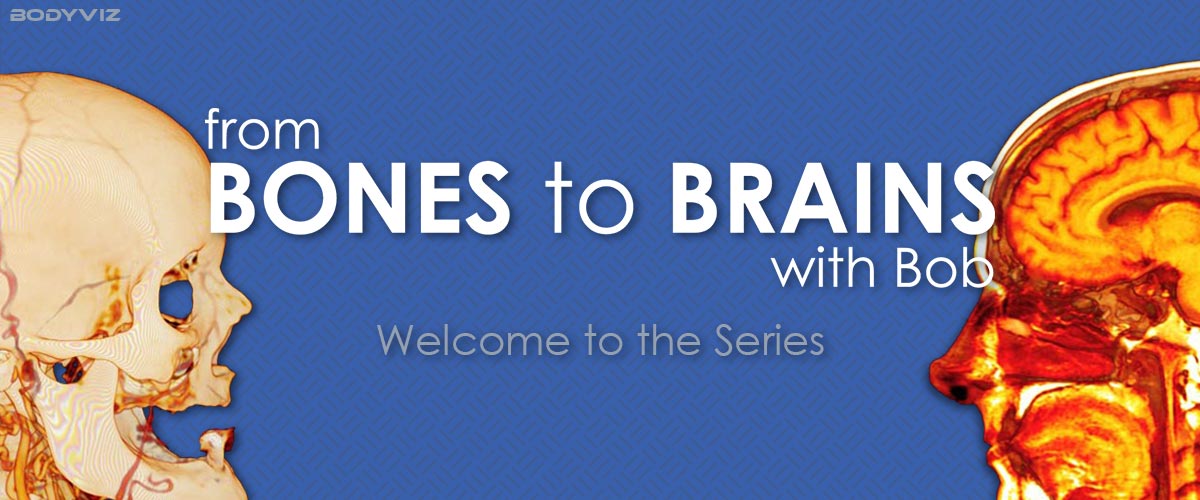From Bones to Brains with Bob: Welcome to the Series
by Robert Tallitsch, PhD | September 9, 2019

As an anatomy educator and textbook author, I understand how frustrating it can be to keep your anatomy students engaged and ensure they are learning and comprehending course material in an effective manner. Like many of you out there, I have always been eager to learn more about the human body...but what I truly love is sharing that passion with the students in my Human Anatomy, Neuroanatomy, Histology, and Cadaver Dissection courses.
I found out early on in my career that anatomy was instinctively a very difficult subject to teach. We spend hours, weeks, and years updating our anatomy curriculum to help students comprehend 3D anatomical relationships and be able to utilize that information in the field. Even after all of the effort and time we put in, many of our students still struggle to understand anatomy course concepts and fully engage with the material.
Over my 40+ years as an anatomy educator and textbook author, I picked up a few tricks that helped alleviate these issues many are continuing to struggle with.
In this blog series, we’ll be discussing:
- Instructional methods and resources that facilitate engagement and comprehension;
- Anatomical topics to help spark curiosity and group discussions with students;
- Mistakes many anatomy educators are still making in the classroom today.
With that, I invite you to join me each month as we talk about different ways we can help our students learn, comprehend, and relate to anatomy course concepts. This month, we’re talking about the integrating real world connections into your classroom and the anatomy & pathophysiology of kidney stones.
Cheers,
Bob